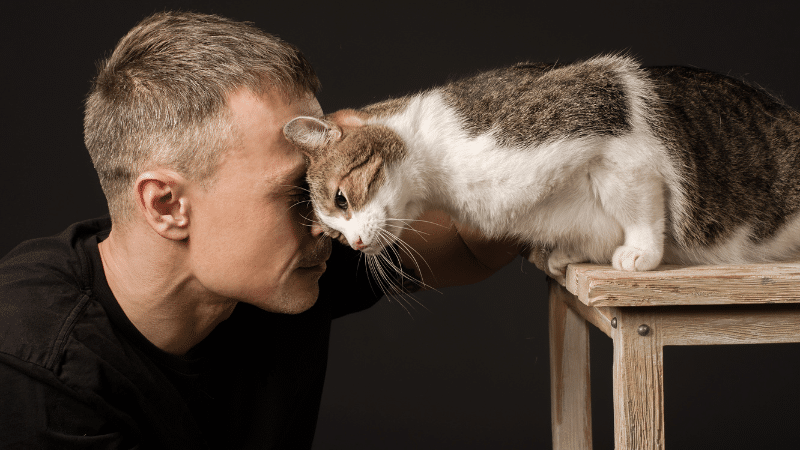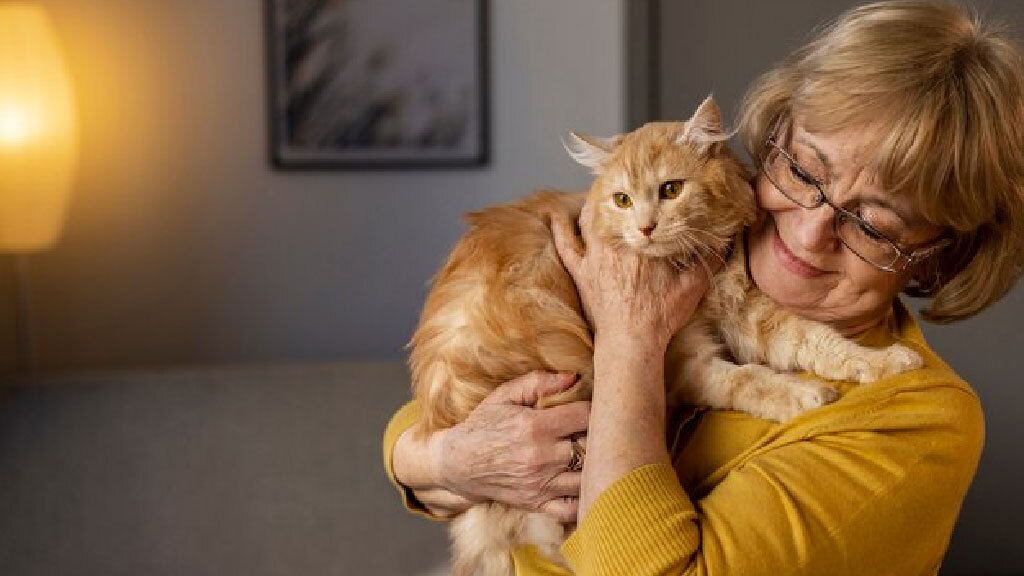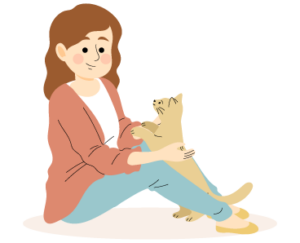Looking after cats might sound like a straightforward thing at first sight after all, they are considered independent. However, the person who has ever spent some time taking care of a cat understands that there is much more to it. Caring about a cat brings its specific problems: one has to know their silent cues, as well as to keep some distance.
Today, we will provide some useful advice on how to spend time you spend with a cat relaxed and without complications. No matter whether you are visiting your cat every day or need to stay there longer, understanding how to address their needs may help you a lot to make your furry friend happy and settled.

The Importance of Understanding Cat Behavior
A cat is a different animal with its behavioral patterns and methods of communication. In order to amicably tend to our felines as a pet sitter, it would be of great importance to understand them and their language, and also how to react to them. Such needs not only contribute to a better bond but also to the healthy activity of the cat when the owner is absent.
Understanding Cat Psychology
Context in Cat Psychology
The environment is very significant to cats, and it is paramount to comprehend the significance of context when carrying out an interpretation of their activities. Look at a situation and setting when reading a cat to interpret body language and verbal communication.
Happy and Relaxed Behavior
Note the indication of contentment, like loose body posture and purring. Offer a stimulating atmosphere, play with your cat, and style a comfortable, secluded place where he or she can hide until he or she is comfortable with his or her environment.
Playful Indications
The cats show their interest in playing by a number of their behaviors, as flicking their tail, crouching, vocalizing, and running around with energy. Being able to recognize the signs enables you to play with your pet and bond enjoyably.
Scared or Anxious Behavior
Listen to the communiquers who have signs of fear or anxiety, which may include hiding, excessive grooming, or aggression. Make it quiet and allow the cat room to relax.

Significant Aspects for Well-maintained Cat Sitting
Along with the glorious, rewarding experience of cat sitting, there are a few simple points to consider so that the road may be smooth and the experience pleasant, not only to yourself, but to your feline friend. So, now we can discuss the key factors that may assist the positive process of cat caregiving:
Guidance and Preparation
The sitter also has the opportunity to venture into the adventure by consulting the owner to get important information about the daily routine of the cat. One should gain some essential info, including feeding schedule, favorite foods, and where to find essentials. The sitters should prepare an effective working file, which is a very added advantage as it enables all the important information to remain close to your hand.
Sticking to the Schedule
Cats live on routine, and what may be important in relation to them is the provision of routine by way of establishing a regular timetable. Although the presence of the sitter cannot substitute the one what the owner can do, sticking to the schedule when it comes to feeding, playing, and other activities to which the cat is used will help them be more accommodating of your temporary company.
Gradual Introduction
It is critically important to consider that cats are very sensitive to changes in the environment, especially of acquiring a new caretaker. The cat, on the other hand, needs to think that it is the one leading the relationship with the sitter, so he or she should approach them at his or her own pace.
Preventing Escape
In the case of outdoor cats, there will be the urge of exploration as well, where there will be temptation by an unfamiliar caregiver. To avoid accidental escapes, precautionary measures like a two-door entry system or door monitoring should be introduced by the sitter. In the case of escape, the sitter is supposed to get in touch with the owner immediately because the cat might be sitting patiently and waiting to come back.
Calm and Serene Visits
The sitters should establish a calm environment in the process of visits where their presence is required, and this is because cats prefer a calm and quiet environment. One should avoid loud noise and all the excitement; the feeding period of the cat should be used as the first bonding spot. It creates an openness to love and a possible love play.
Emergency Preparedness
Although the occurrence of emergencies is not frequent, it is important to be proactive in the case of Responsible Pet Sitting. The sitter is supposed to acquaint himself with the behaviors of the cat and have contact information of the owner and the people who should be contacted in case of emergencies. This preparedness enables the sitter to be able to act within a short time and be responsible in case they face unexpected events.
Frequently Asked Questions
Understanding cat behavior ensures a stress-free environment, fosters a connection, and ensures the cat's well-being in the owner's absence.
Signs include relaxed posture, purring, and calm behavior. Providing stimulation and a cozy retreat contributes to their contentment.
Use precautionary measures like a two-door entry system and cautious door monitoring. Contact the owner if an escape occurs.
Gradual introduction minimizes stress, allowing the cat to take the lead in forming a connection with the caregiver.



